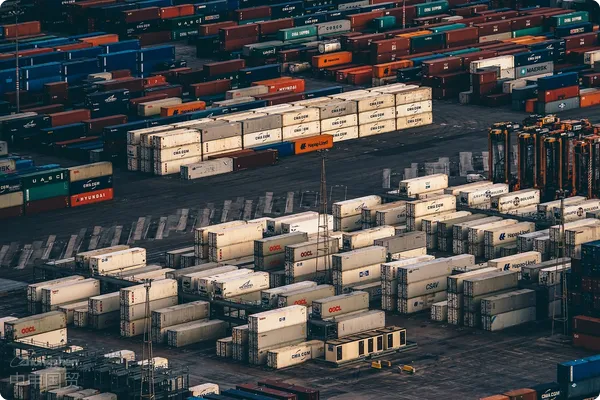- Shanghai Zhongshen International Trade Co., Ltd. - Two decades of trade agency expertise.
- Service Hotline: 139 1787 2118

Contents
ToggleNew Trends in the Imported Machinery Equipment Market for 2025
According to the latest forecast data from the General Administration of Customs, China's specializedEquipment ImportsThe scale is expected to exceed 400 billion yuan, marking a 23.6% increase compared to 2022. However, 32% of importing companies have experienced customs clearance delays, with average losses amounting to 15% of the cargo value. The unique attributes of mechanical equipment result in three major characteristics in the import process:
- The complexity of HS code classification is 3-8 times higher than that of ordinary goods.
- Technical parameter documents missing resulted in 30% inspection backlog.
- The tariff disparity for electromechanical products can reach up to 37 percentage points.
The core value system of professional agency services
The Four Key Competency Matrices a Premium Proxy Service Provider Should Possess:
- Access Prejudgment System
- 3CThe success rate of certification exemption applications has increased by 85%.
- Design of Import Access Scheme for Used Equipment
- Risk control system
- Tariff inversion early warning mechanism
- Intellectual Property Infringement Screening
Key Nodes in Customs Clearance Practical Operations
Taking the import of a German precision machine tool as an example, the standard service process of professional agency:
- Phase 1 (Before Contract Signing)
- Check whether the equipment is listed in the restricted import catalog.
- Please translate the following Chinese into English: Calculate the comprehensive tax rate for import procedures (customs duty + VAT + consumption tax)
- Phase 4 (After Goods Arrive at Port)
- Verification of IPPC Mark on Wooden Packaging
- Special Inspection Filing for Pressure Vessel Equipment
Analysis of Typical Tax Planning Cases
By comparing the economic benefits of different declaration methods:
- Case A (Complete Machine Declaration)
- Dutiable value: EUR 1,200,000
- Comprehensive tax rate: 21.3%
- Case B (Itemized Declaration)
- Control systems are classified separately (5% tariff).
- The mechanical main body is subject to provisional tariff rates.
- The overall tax burden has been reduced by 9.8%.
Hidden risk points in after-sales maintenance.
Three Easily Overlooked Follow-up Issues After Equipment Import:
- Consistency requirements for the classification of imported spare parts
- Changes in origin due to technological upgrades
- Customs return process corresponding to quality claims
Professional agencies can reduce the comprehensive operational costs of equipment lifecycles by 18-25% through the establishment of a full-lifecycle management system. Choosing service providers certified by the Electromechanical Committee (CMEA) ensures that technical document preparation is 40% faster than with ordinary agencies, with a 67% higher success rate in providing supporting materials when responding to customs classification inquiries.
Related Recommendations
? 2025. All Rights Reserved. Shanghai ICP No. 2023007705-2  PSB Record: Shanghai No.31011502009912
PSB Record: Shanghai No.31011502009912










